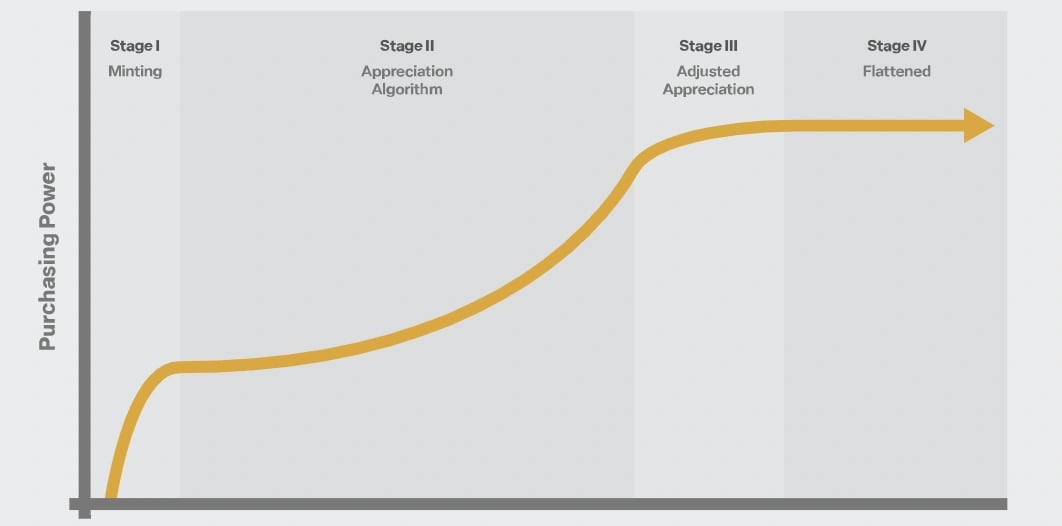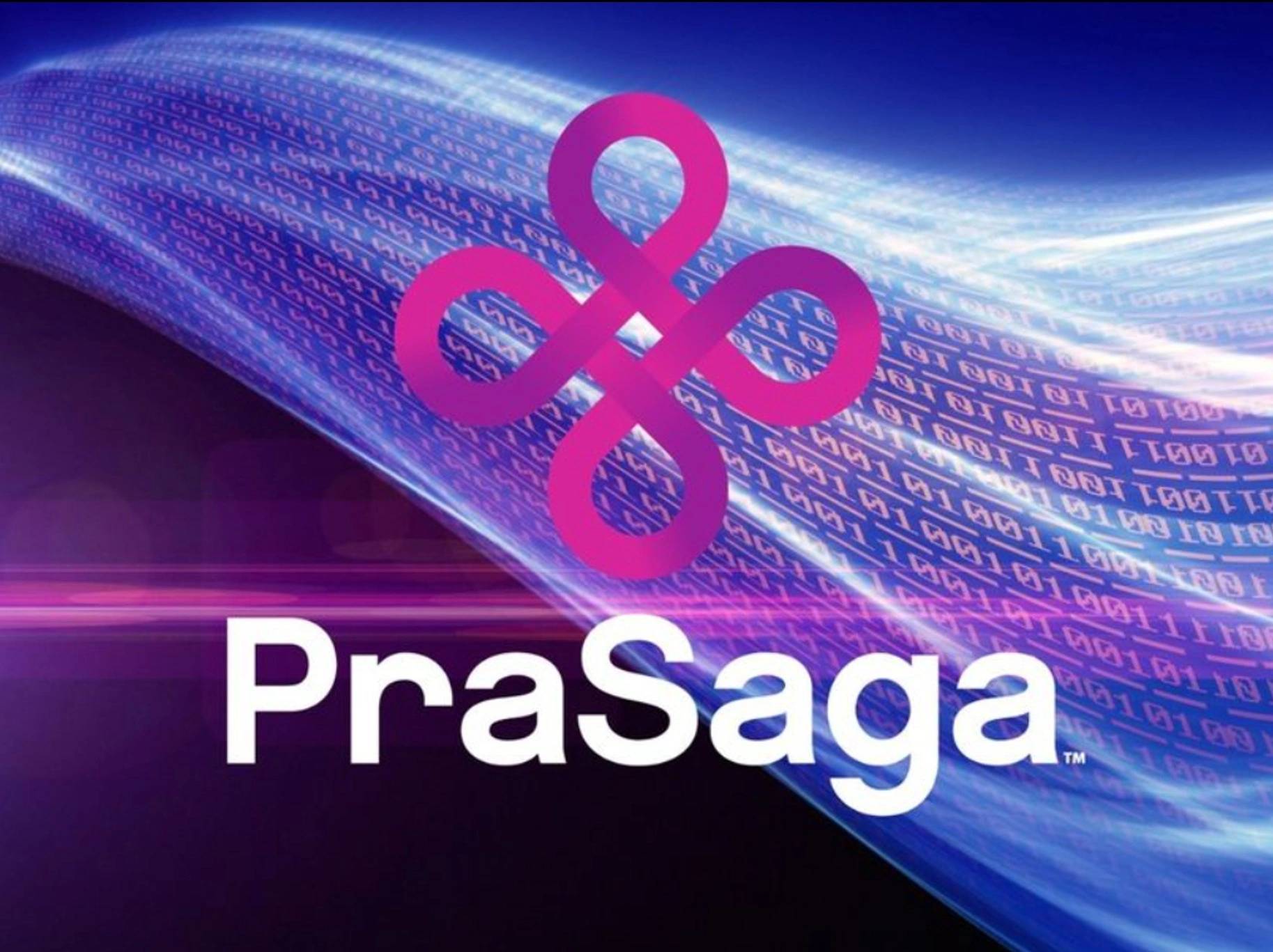订阅 wiki
Share wiki
Bookmark
PraSaga
PraSaga
PraSaga 是一个位于瑞士的基金会,专注于开发下一代 layer-one blockchain。其技术旨在解决早期区块链世代中存在的若干局限性,从而提高可扩展性、效率和整体性能。 [1]
概述
PraSaga 正在开发 SagaChain,这是一个旨在克服现有可扩展性限制的区块链平台。其主要创新是 SagaPython,它是 Python 编程语言的修改版本,允许开发人员轻松地在 SagaChain 上构建应用程序。通过利用 Python 的普及性,PraSaga 旨在使其技术可供广泛的开发人员使用,从而实现与现有企业基础设施的无缝集成。
SagaPython 已集成到 PraSaga 的去中心化操作系统 SagaOS 中,该系统通过简化应用程序创建并确保安全性来增强区块链开发。PraSaga 设想其平台能够高速促进数百万笔交易,重点是开源开发和社区参与。 [5]
在完成 SagaScale 技术、发布软件开发环境以及 12 月推出 Wrapped SagaCoin 的启动板并随后在 CEX 上市后,预计将启动 PraSaga 的主网。 [8]
产品
SagaChain
SagaChain 是 PraSaga 的区块链基础设施,旨在解决区块链技术中的关键问题,例如可扩展性、smart contract 并行化和 cryptocurrency 实用性。它采用分布式工作量证明 (D-POW) 共识机制,通过随着验证器数量的增加而扩展来提高交易吞吐量和安全性。该系统还利用 sharding 来实现跨区块链段的并行处理。
SagaOS
SagaOS 是一个构建在 SagaChain 上的基于对象的操作系统。它提供了一个用户帐户模型,用于管理各个对象及其状态,从而允许并行交易。该系统与传统的区块链模型形成对比,在传统的区块链模型中,用户帐户仅持有代币余额,从而导致序列化交易。 [2]
SagaPython
SagaPython 是 PraSaga 的 Python 编程语言的修改版本,专为 SagaChain 上的应用程序开发而设计。作为 SagaOS 的一部分,它有助于应用程序与区块链操作系统之间的通信。通过利用广泛使用的语言,SagaPython 可以访问大量的现有资源,从而使开发更易于访问。
集成和开发人员支持
SagaPython 与现有架构的兼容性允许轻松集成,而无需从头开始项目。PraSaga 还通过各种在线资源和教程为开发人员提供支持,鼓励协作社区推动 SagaChain 上的创新。 [3]

代币经济学
SagaCoin 是 SagaChain 的原生加密货币,旨在通过去中心化治理调整代币流通来平衡 deflationary 和通货膨胀方面。这种金融模式旨在维持区块链内的经济稳定,使其适合交易使用,同时确保长期的区块链安全性。 [2]
SagaCoin 管理模型
SagaCoin 管理模型采用需求响应算法,根据交易活动动态调节代币的供应,从而解决 volatility 在 Bitcoin 等固定供应加密货币中出现的问题。SagaCoin 的供应会根据需求的变化进行调整,目的是随着时间的推移稳定其购买力。 [7] 最初,购买力将使用传统的经济指标(例如消费者价格指数 (CPI) 和 GDP 平减指数)来衡量。 [6]
该管理模型包括四个阶段:前两个阶段侧重于市场进入和升值,而后几个阶段旨在稳定代币的价值,从而提高其作为交换媒介的效用。
- 第一阶段:
- 初始启动阶段,供应量没有上限。
- 第二阶段:
- 设置目标升值路径。
- 每季度调整一次扩张率,以与升值目标保持一致。
- 第三阶段:
- 专注于稳定 SagaCoin 的购买力。
- 第四阶段:
- 过渡到基于区块链数据的内部定价模型。
- 使用加密的业务报告调整供应量以确保隐私,旨在实现长期稳定并更广泛地用作支付媒介。

历史
1993 年推出的 Mosaic 浏览器引发了互联网繁荣,随后是 Netscape Navigator。1994 年,AT&T 引入了云服务的概念。到 2006 年,AWS S3 成为主要的云存储提供商。
2008 年,比特币的白皮书催生了第一种去中心化货币。Ethereum 2015 年推出的 smart contracts 实现了 decentralized applications 和金融,彻底改变了 peer-to-peer 交易。
2018-2021 年:扩展和 PraSaga 的创新
Sharding 在 2018 年作为区块链扩展的解决方案而受到关注。2021 年,PraSaga 推出了 SagaChain™ 和 SagaOS™,解决了智能合约的局限性,并为 Web 3.0 创建了可扩展的区块链架构。 [4]
发现错误了吗?
